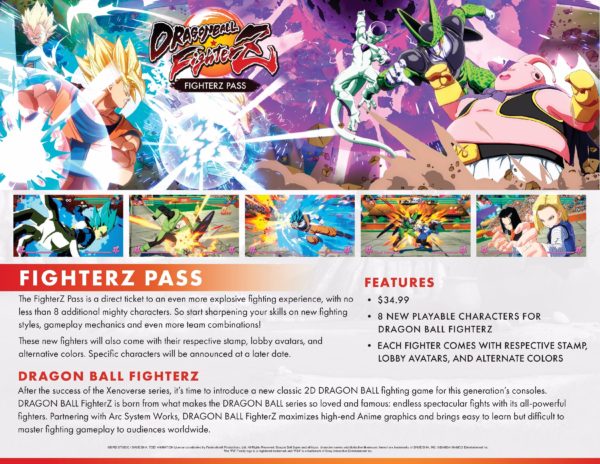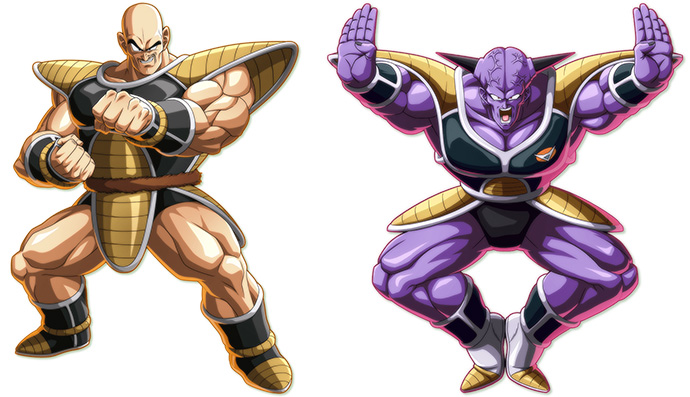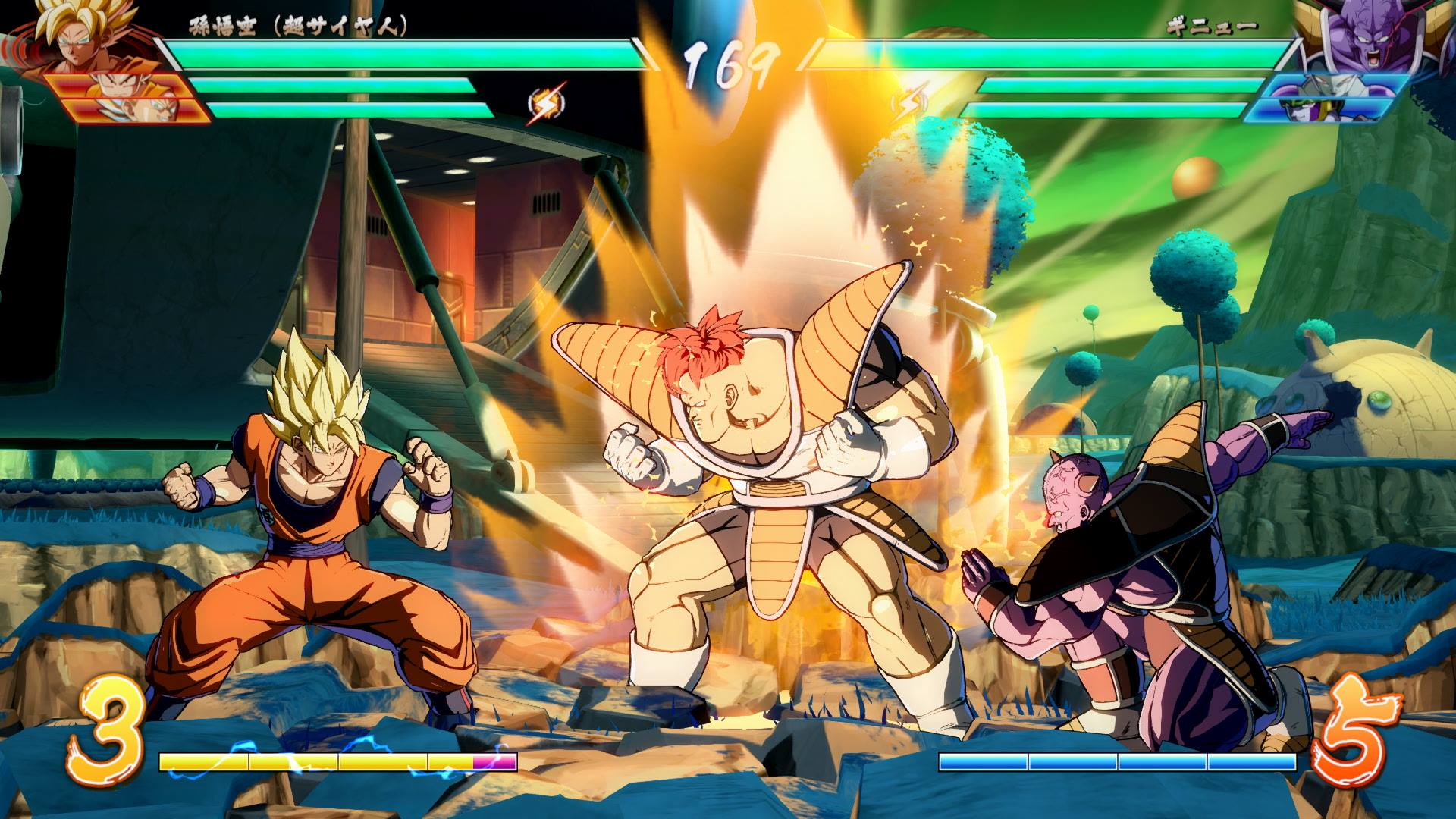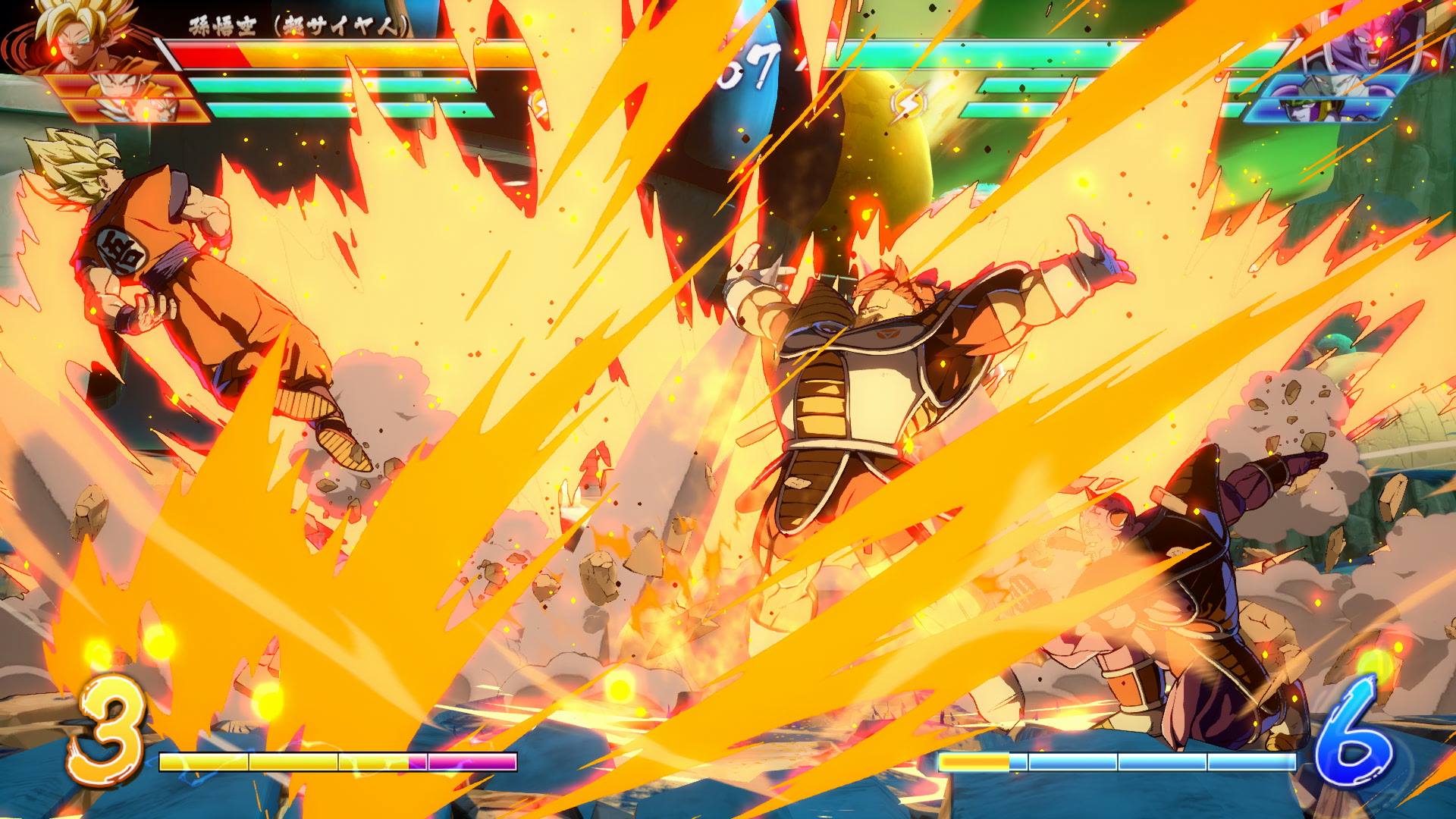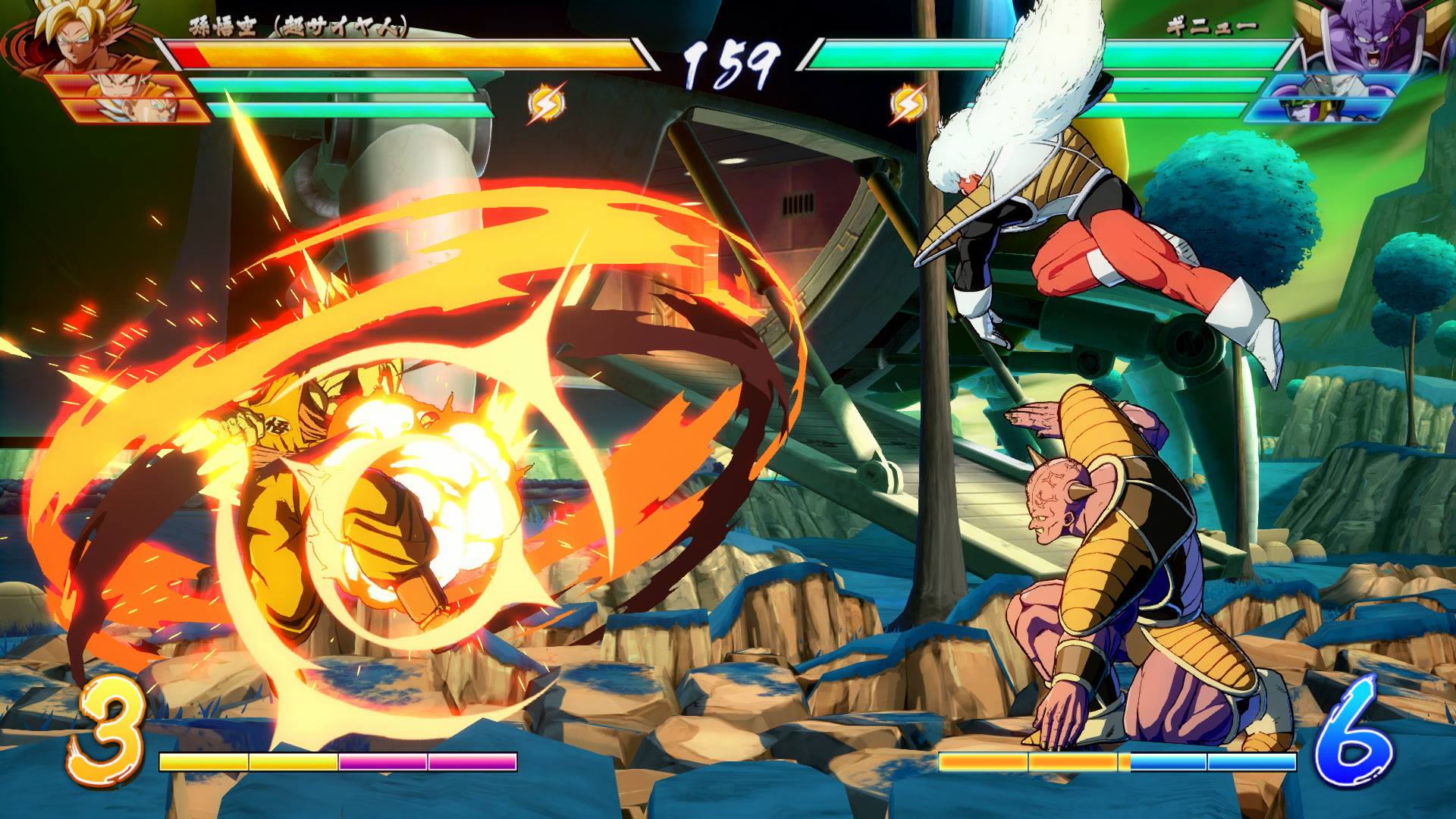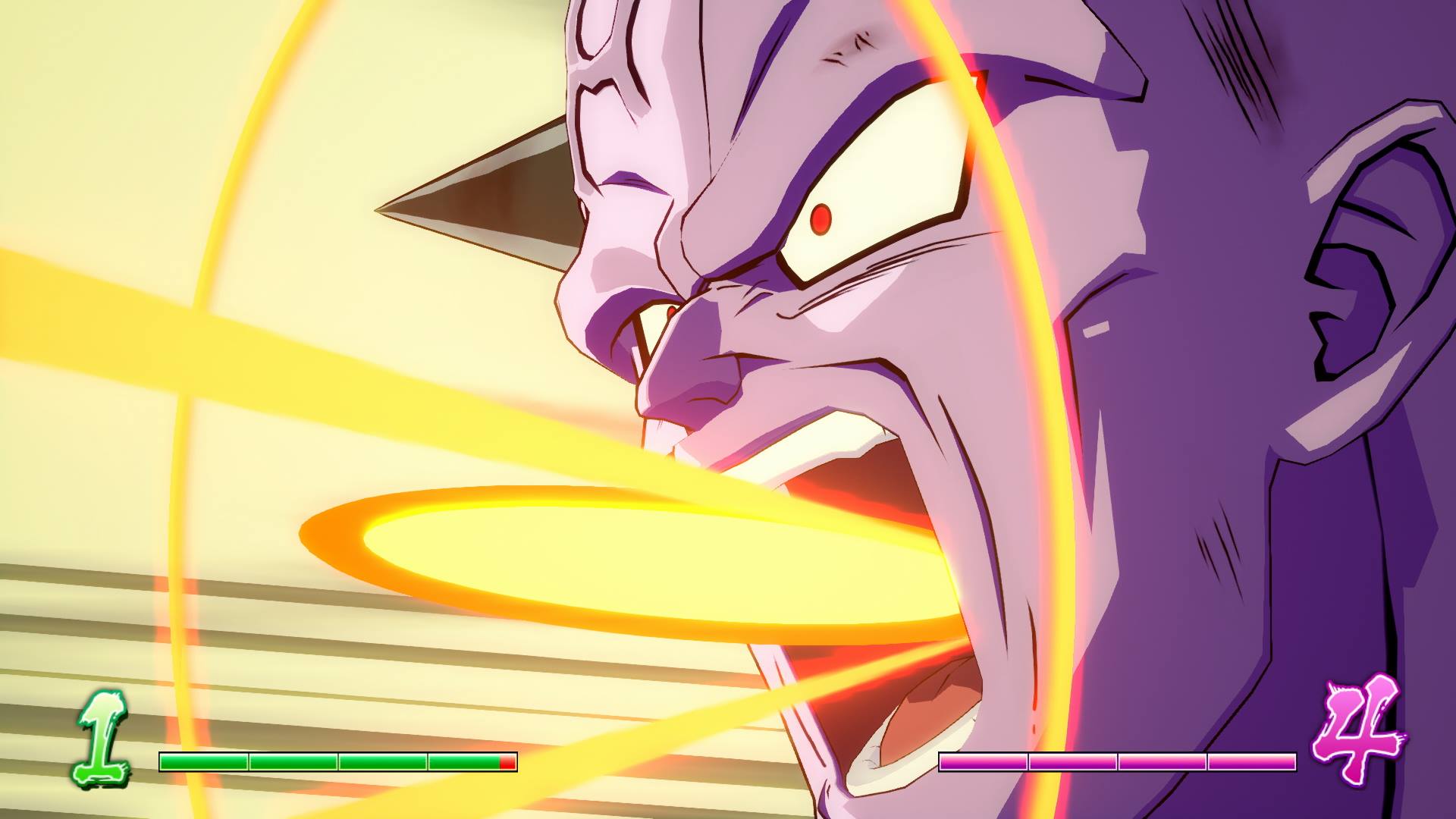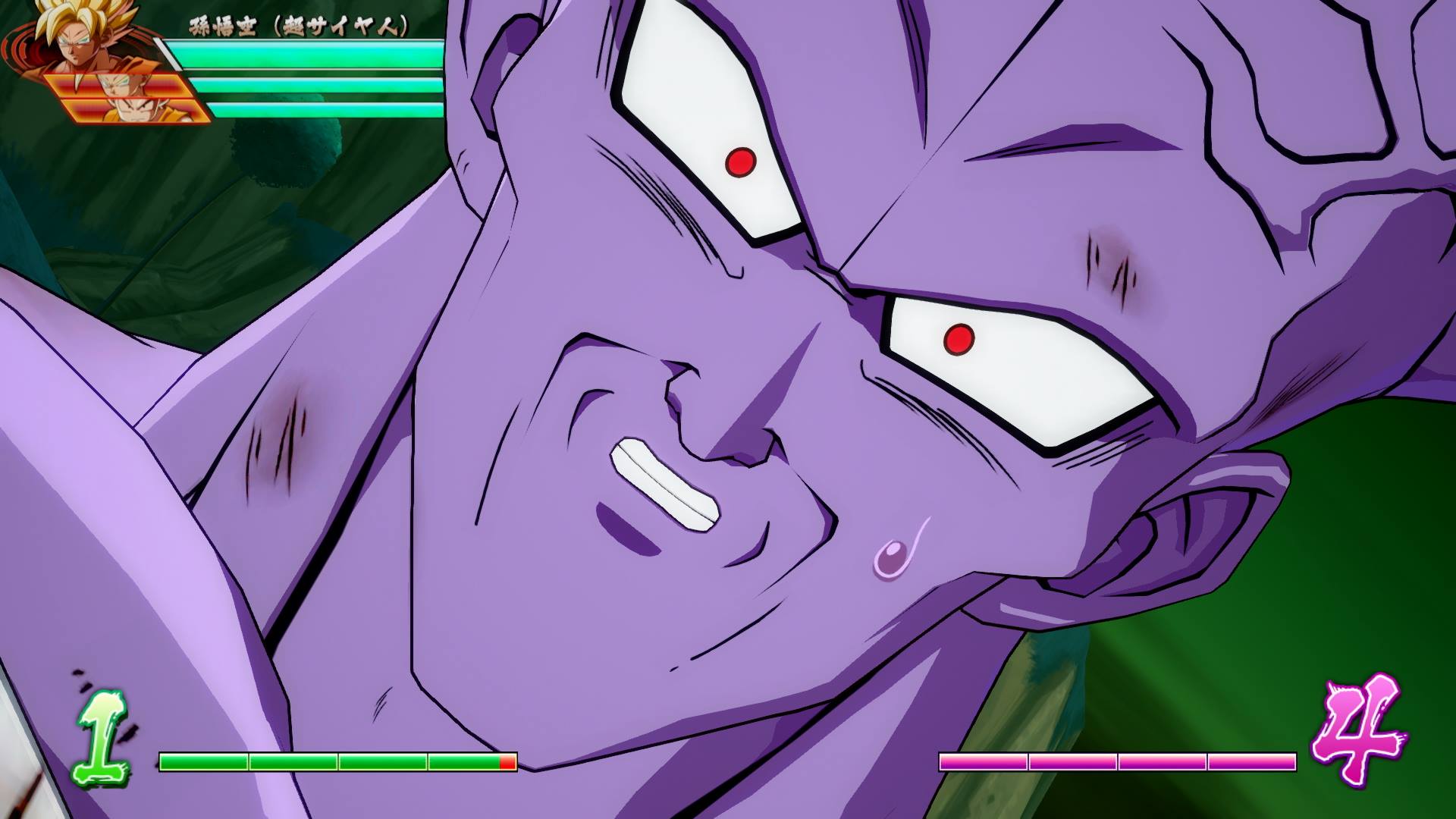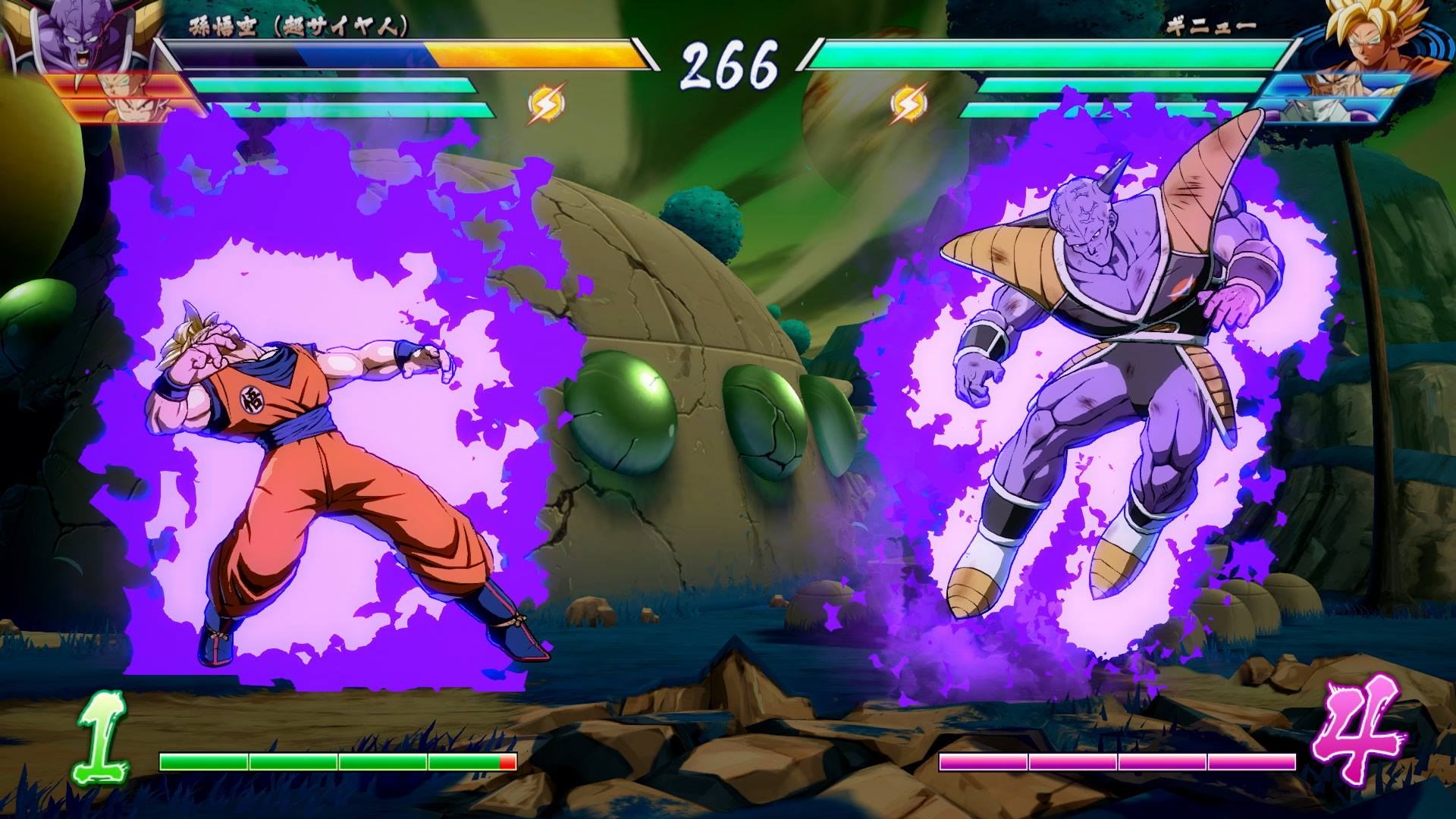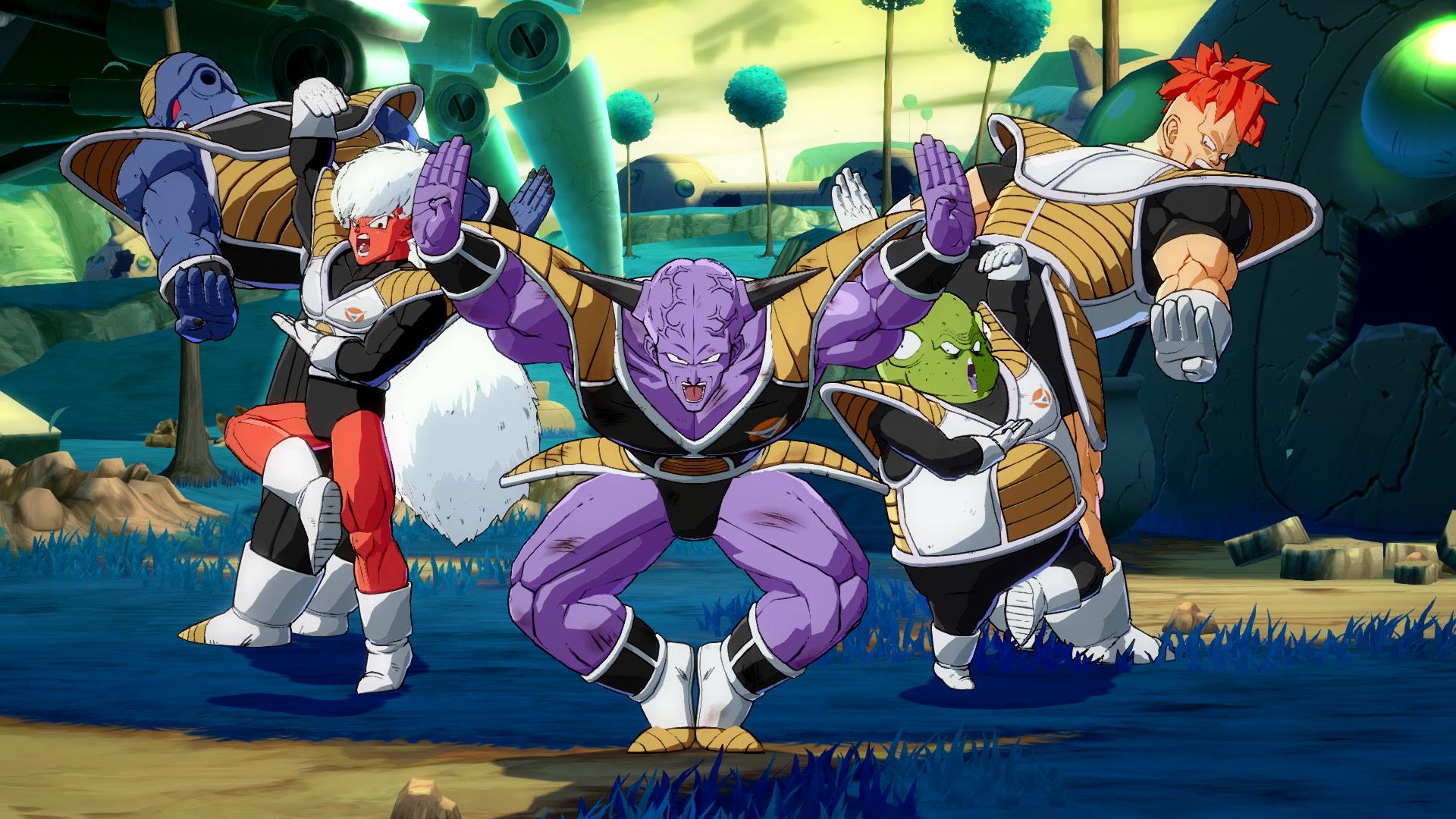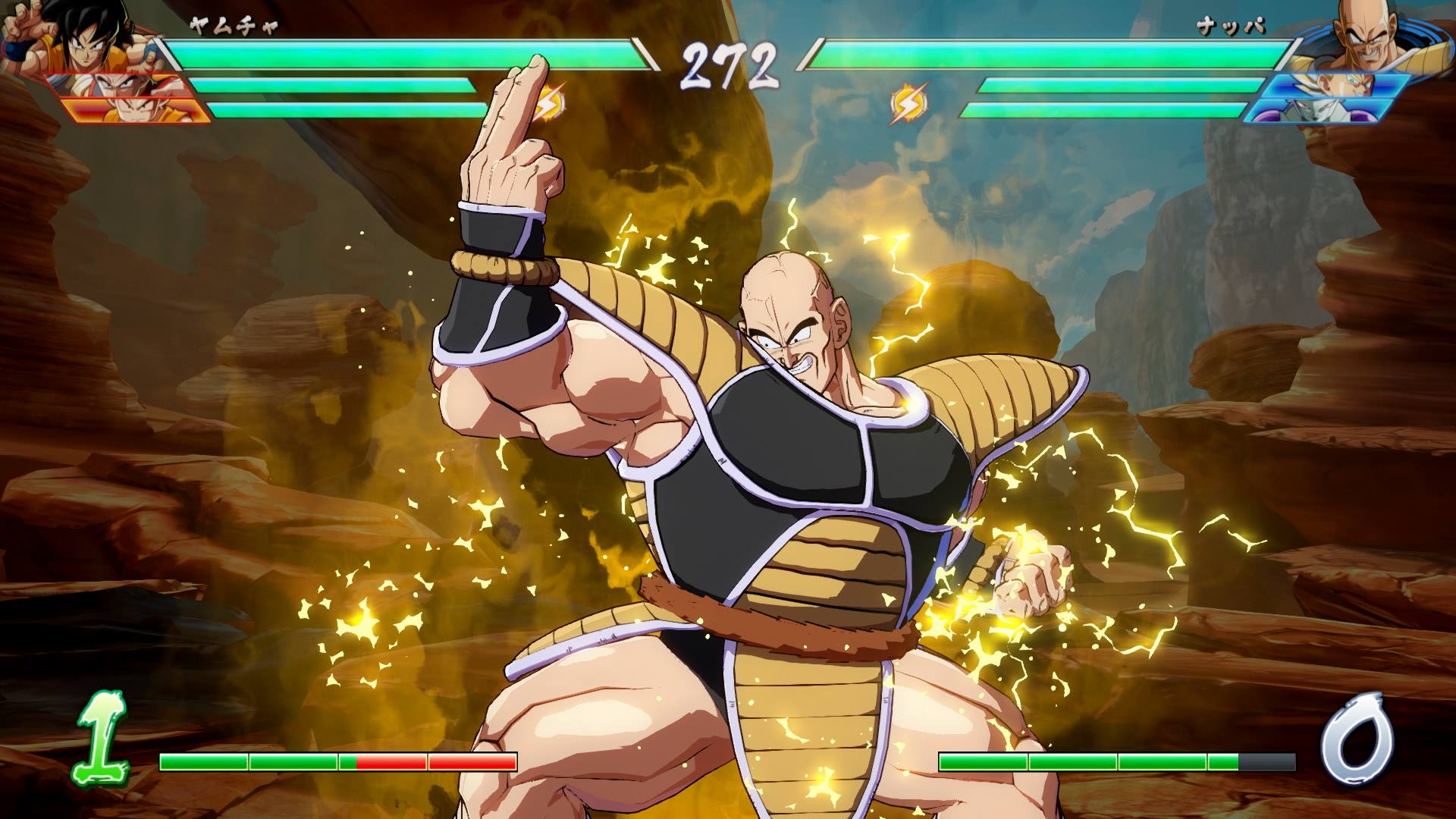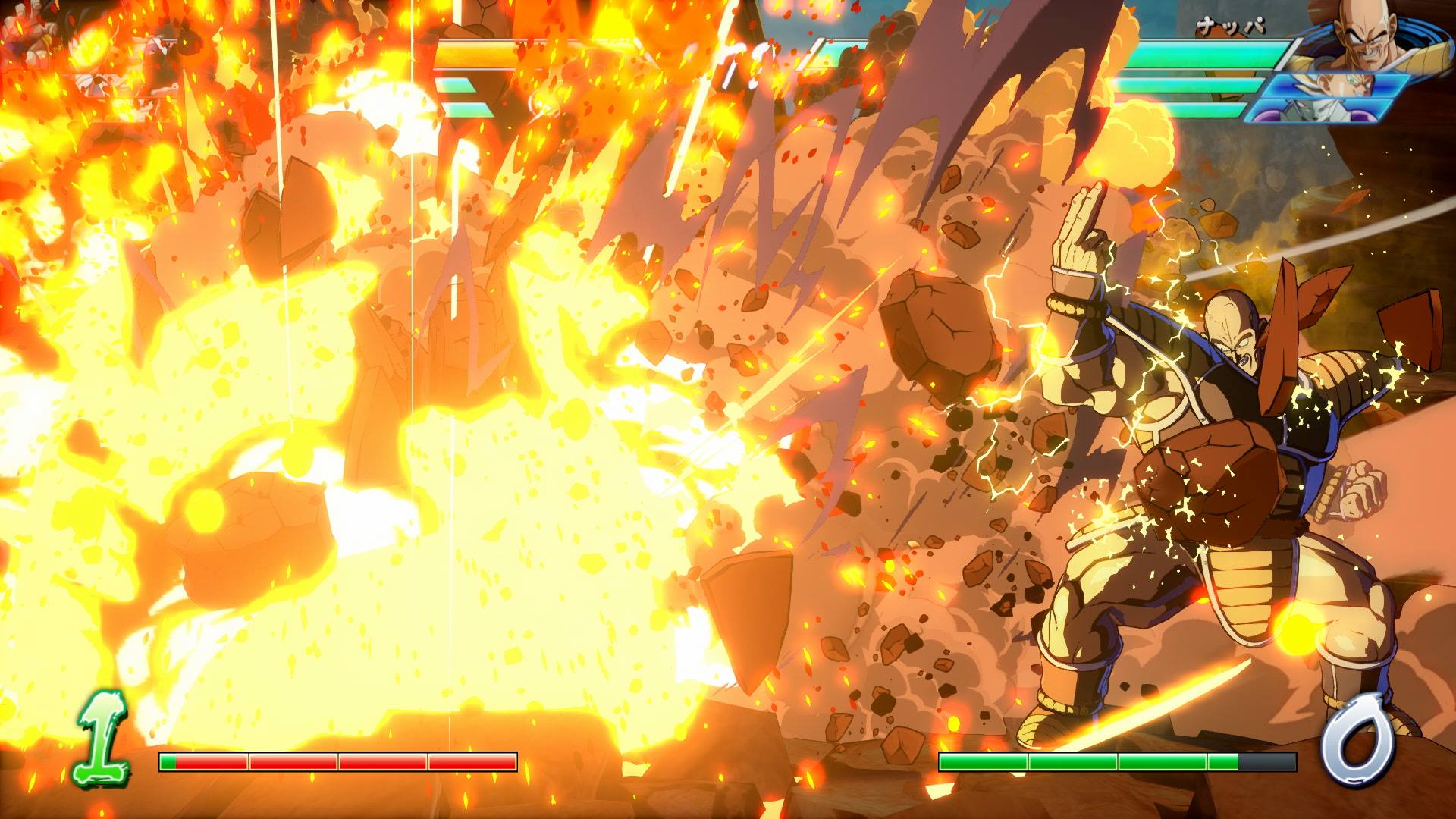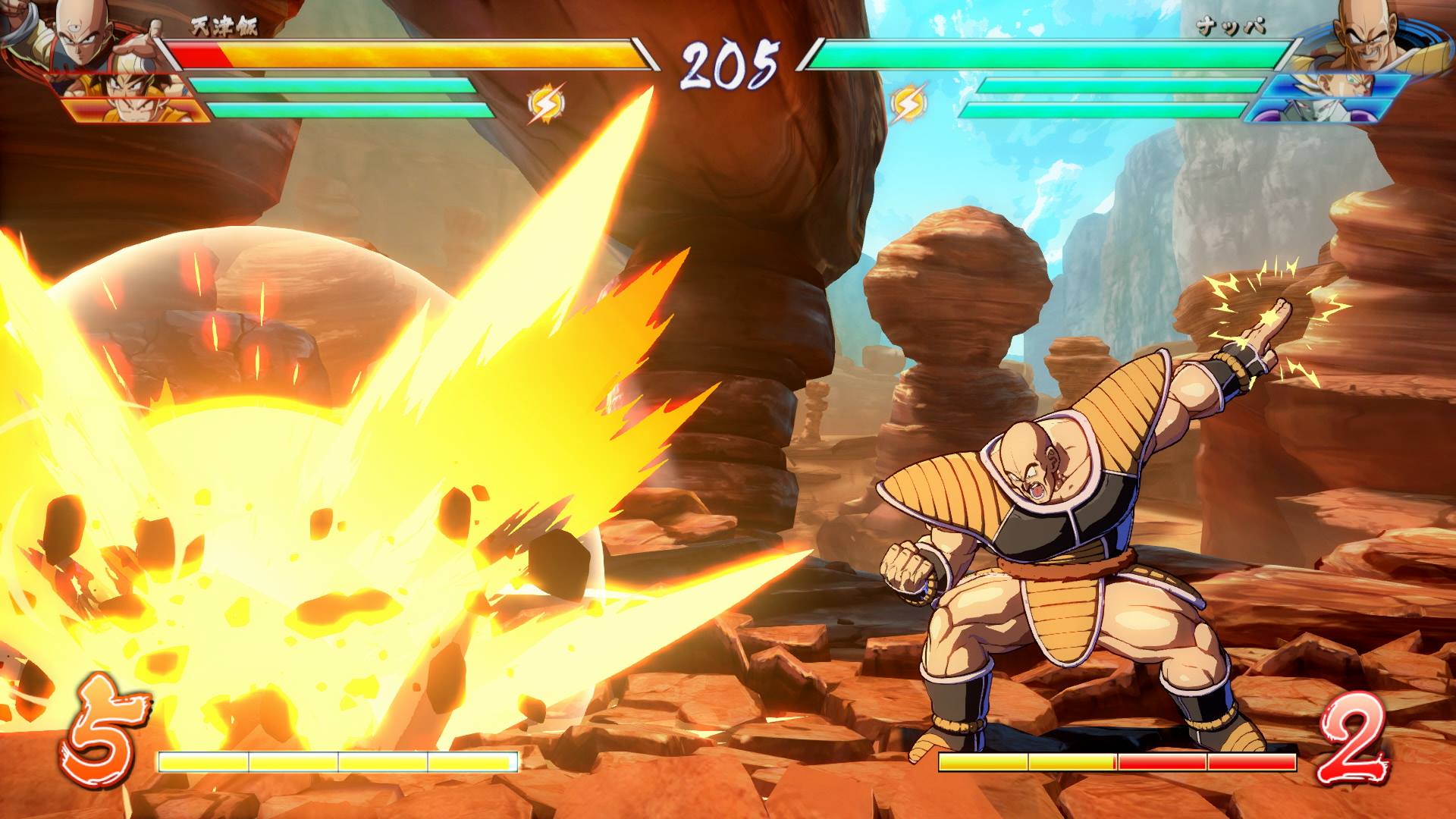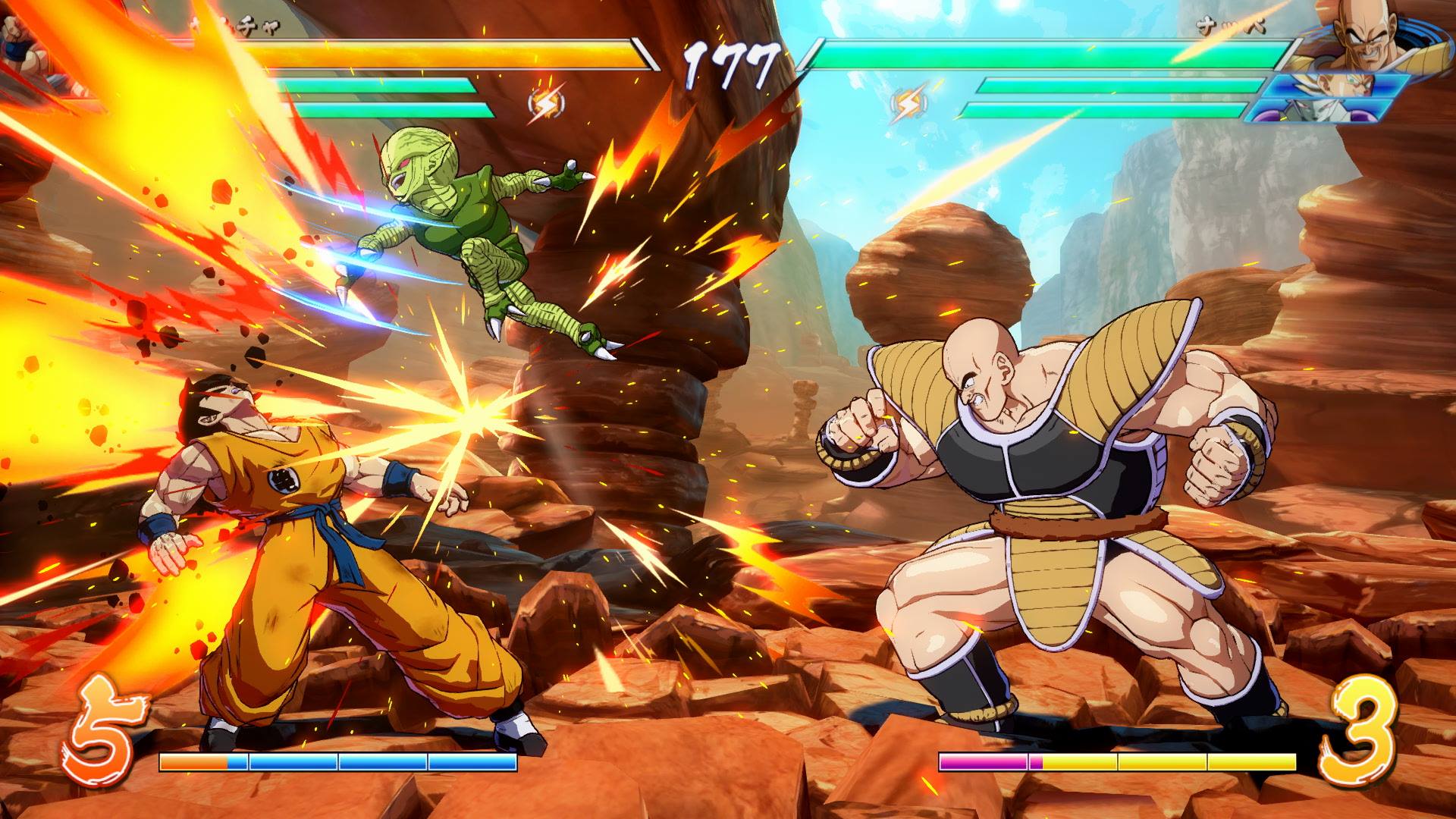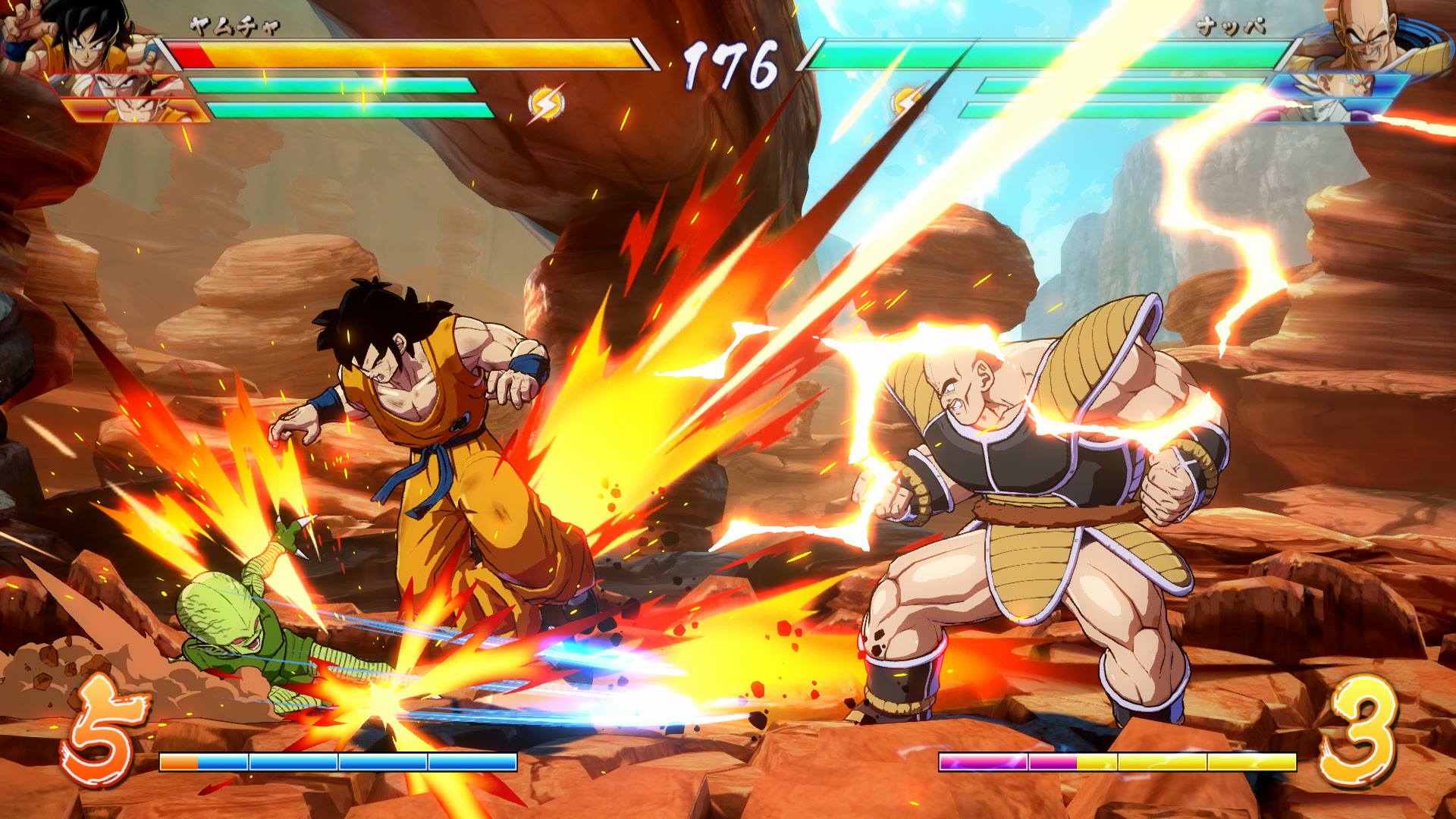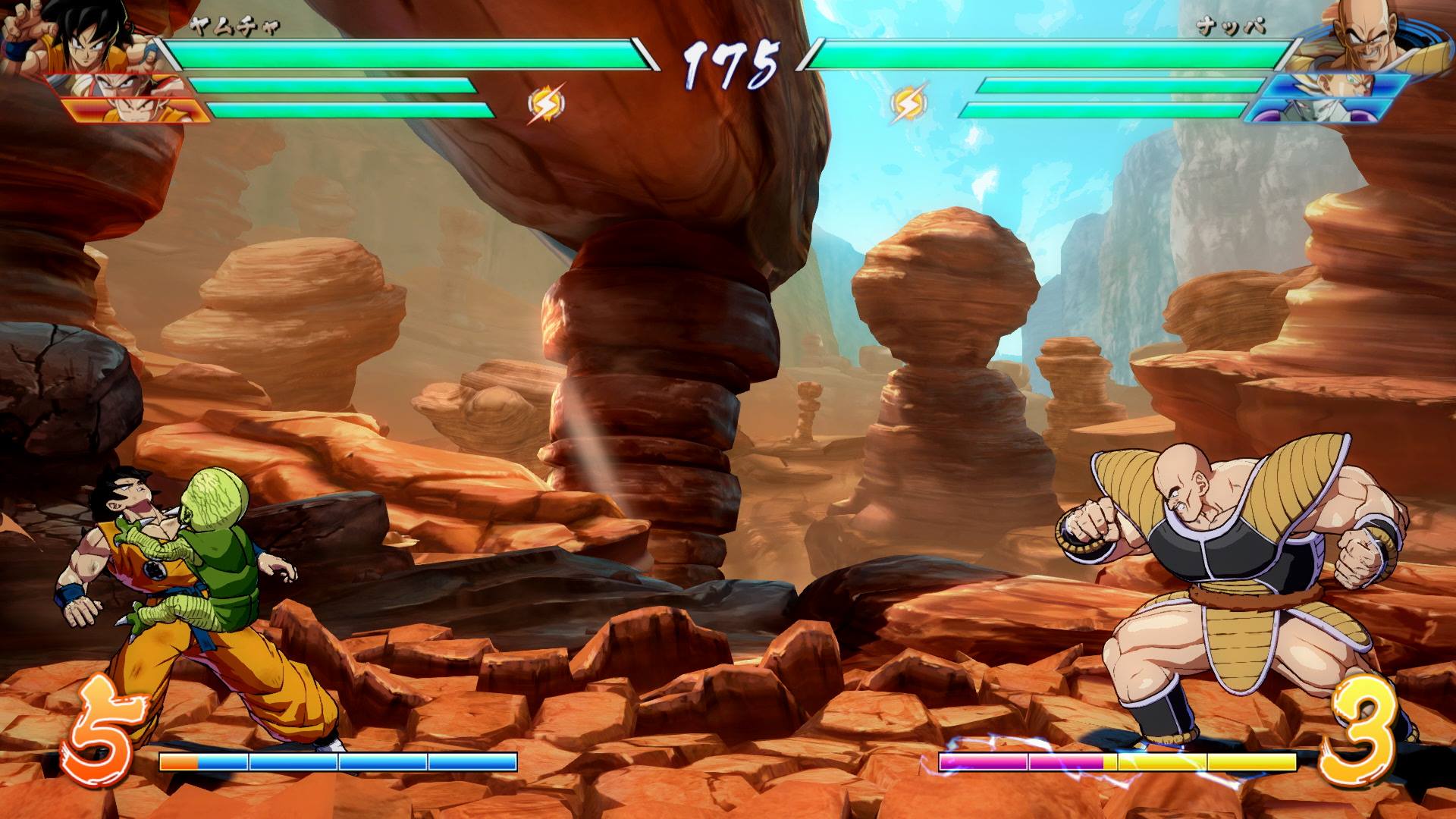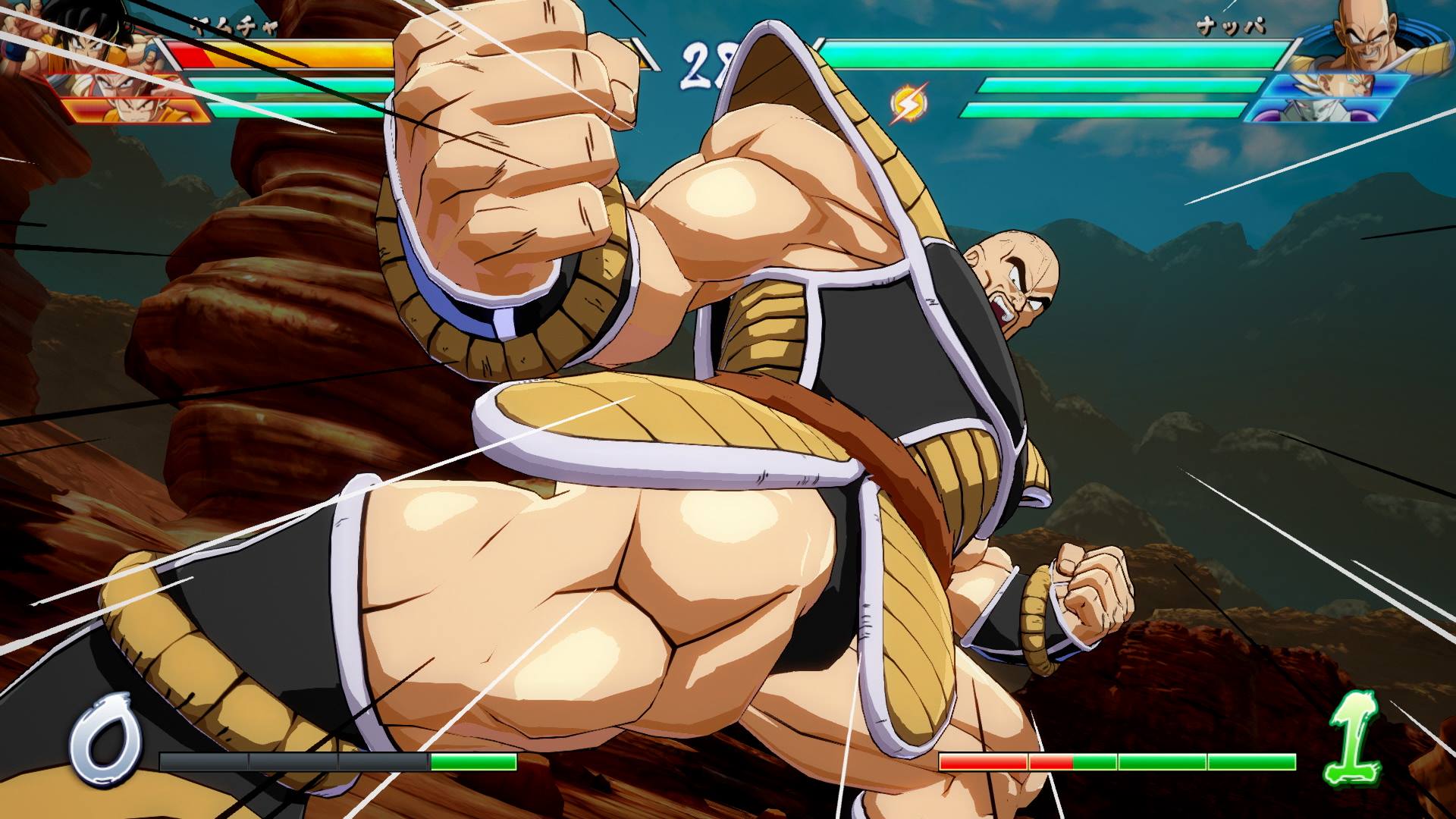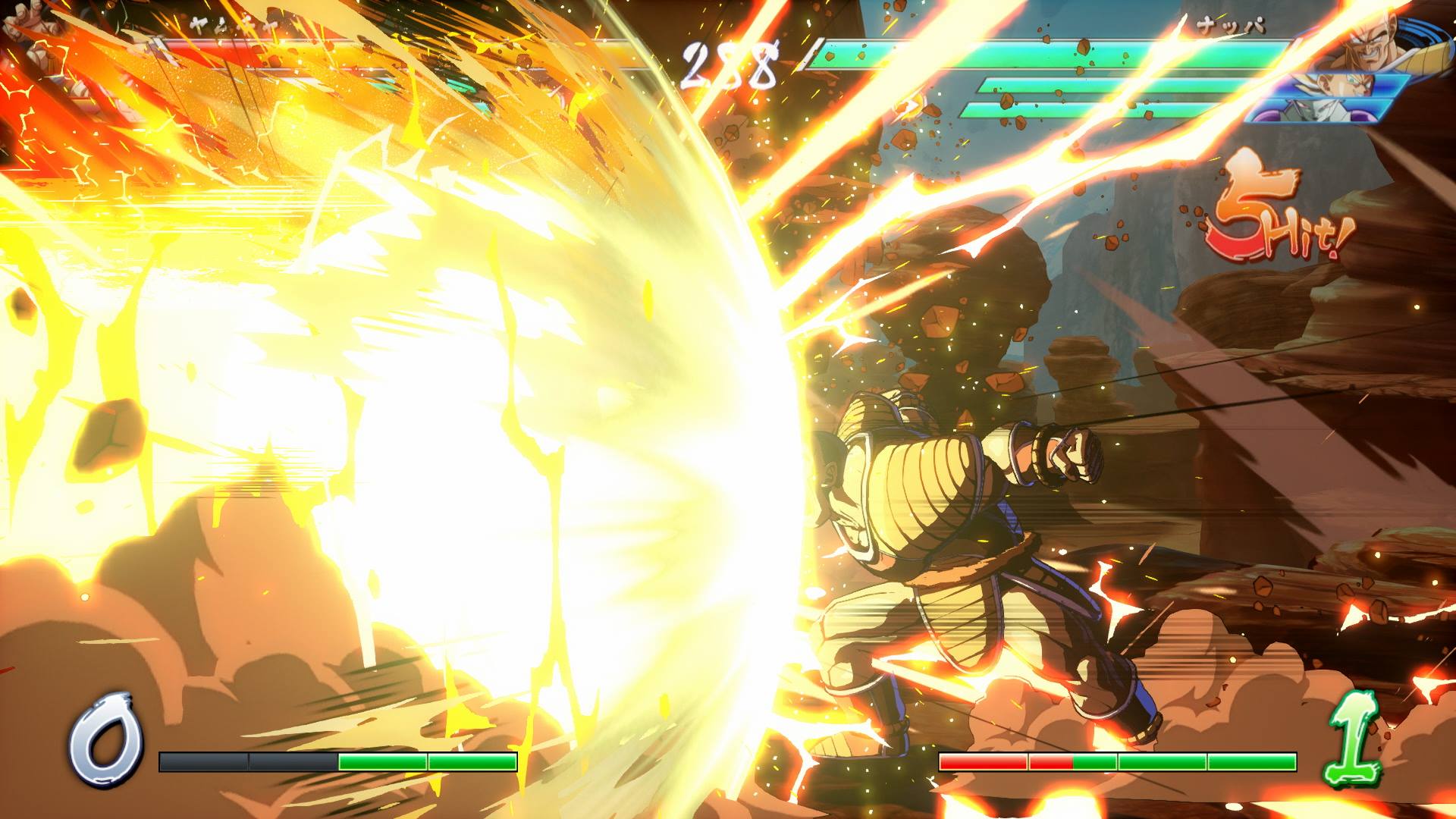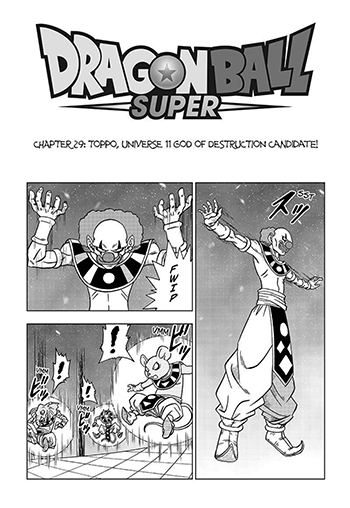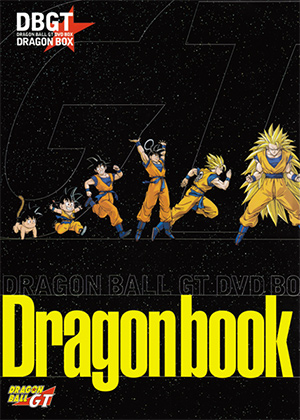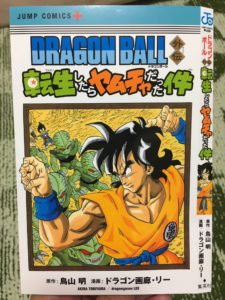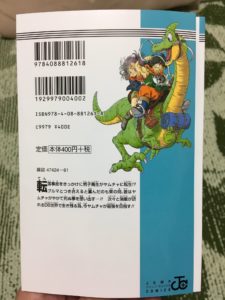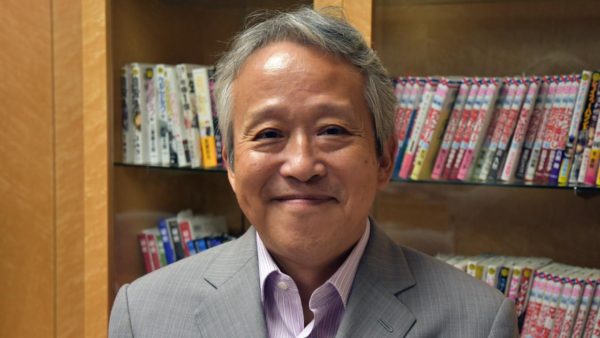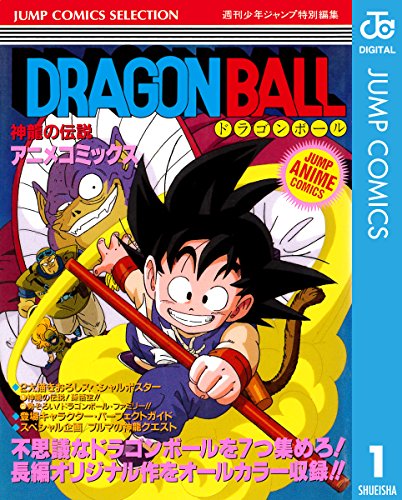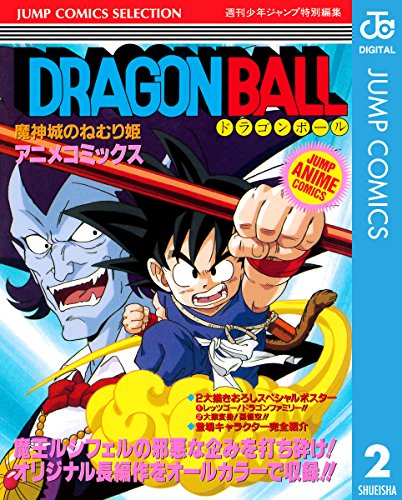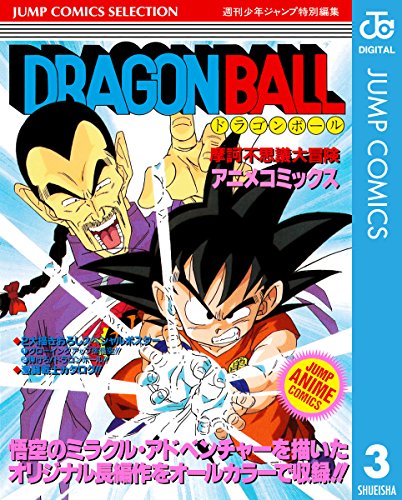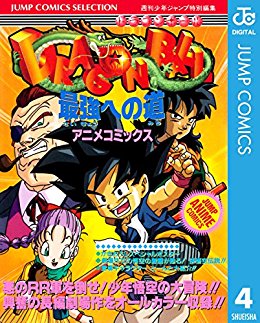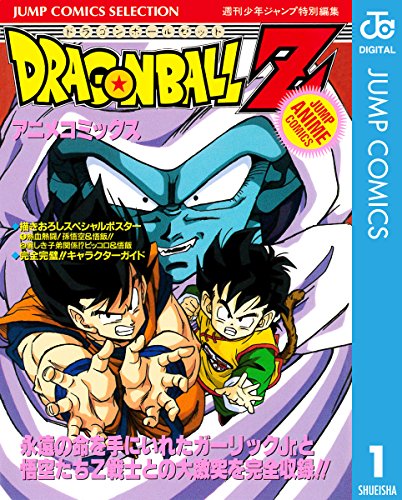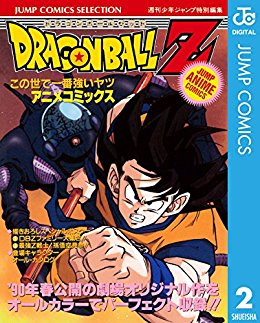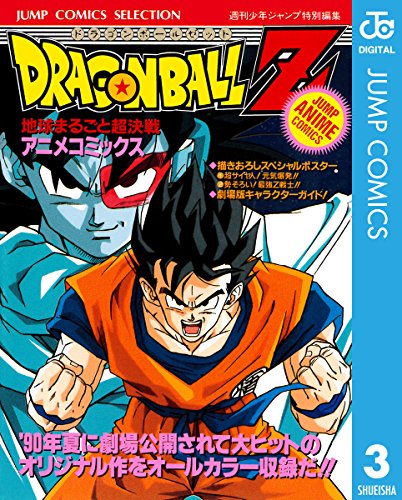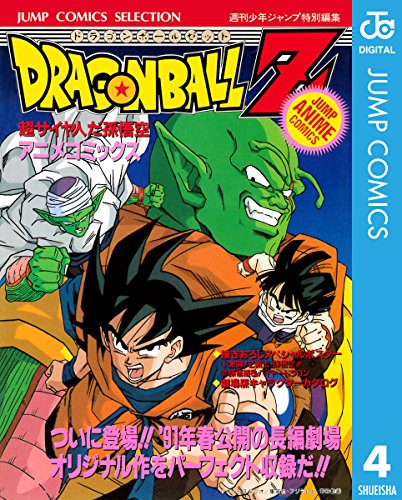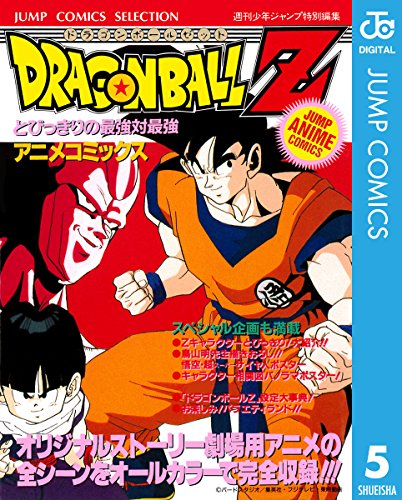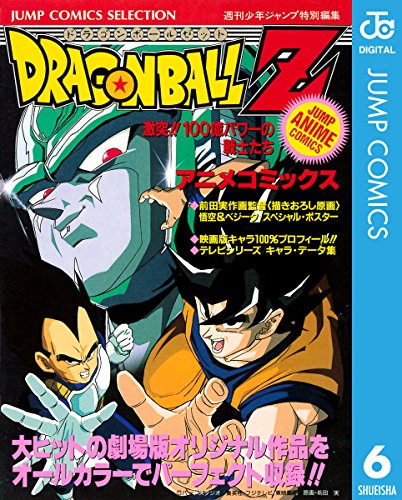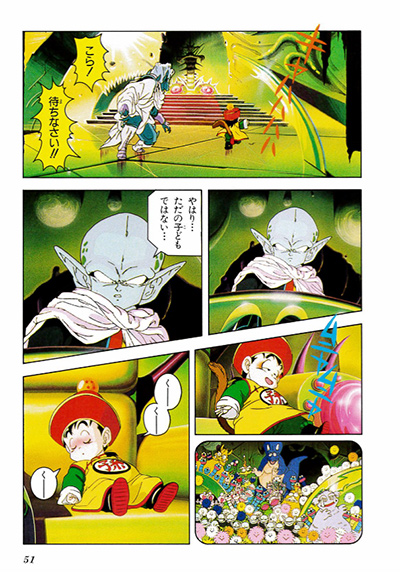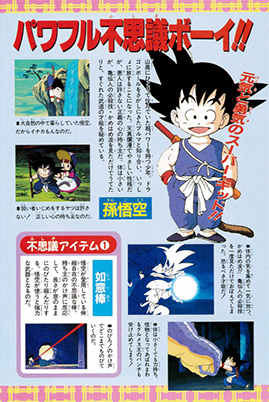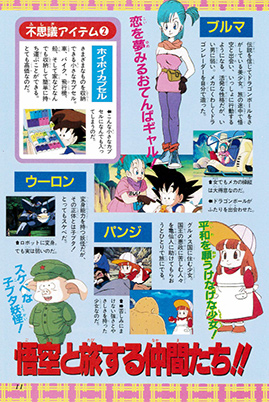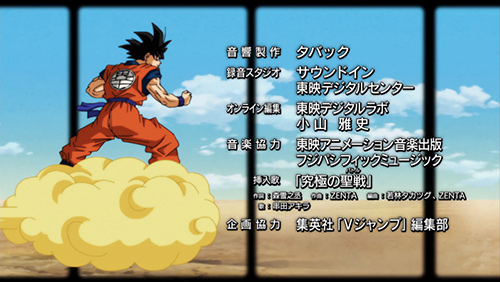A new pre-order bundle for a “Dragon Ball FighterZ: Ultimate Edition” on Microsoft’s website details additional downloadable material coming to the game in the form of a “FighterZ Pass” with access to eight additional characters, an “Anime Music Pack”, and a “Commentator Voice Pack”, with a listed release date of 26 January 2018 for $109.99:
Pre-order and receive early access to the Open Beta, early character unlocks to SSGSS Goku and SSGSS Vegeta, 2 exclusive lobby avatars, and 3 stamps.
Schedule for the Early Access to the Open Beta will be provided at a later date.
The Ultimate Edition includes:
• The game
• FighterZ Pass (8 new characters)
• Anime Music Pack (11 songs from the Anime)
• Commentator Voice PackDRAGON BALL FighterZ is born from what makes the DRAGON BALL series so loved and famous: endless spectacular fights with its all-powerful fighters.
Partnering with Arc System Works, DRAGON BALL FighterZ maximizes high end Anime graphics and brings easy to learn but difficult to master fighting gameplay.
High-end Anime Graphics
Using the power of the Unreal engine and the talented team at Arc System Works, DRAGON BALL FighterZ is a visual tour-de-force.3vs3 Tag/Support
Build your dream team and sharpen your skills to master high-speed tag combinations.Thrilling Online Features
Ranked matches, interactive lobby, crazy 6-player Party Match… There is something for every taste!Exclusive Story Mode
Discover a never-seen-before scenario featuring Android 21, a brand new character whose creation was supervised by Akira Toriyama himself.Spectacular Fights
Experience aerial combos, destructible stages and famous scenes from the DRAGON BALL anime in 60FPS and 1080p resolution!
UPDATE: Bandai Namco formally unveiled the “FighterZ Pass” for all editions of the game as an additional $34.99 purchase indeed slated to include eight additional (unannounced) characters.
The 3-on-3, “2.5D” fighting game is set for an early 2018 release worldwide and is under development by Arc System Works for the PlayStation 4, Xbox One, and PC (via Steam). The game is advertised as running at a 1080p resolution and 60fps frame rate, with higher resolutions available on the PlayStation 4 Pro and Xbox One X consoles. Currently-announced playable characters include Son Goku, Son Gohan, Vegeta, Freeza, Cell, Boo, Trunks, Piccolo, Kuririn, #16, #18 (with #17), Yamcha, Tenshinhan (with Chiaotzu), Ginyu, and Nappa, as well as “Super Saiyan God Super Saiyan” (SSGSS, or “Super Saiyan Blue”) versions of Goku and Vegeta that can be accessed early via pre-orders. A closed beta was recently held on consoles — tune in to Episode #0427 of our podcast for some initial thoughts.
Arc previously worked on Dragon Ball Z: Extreme Butoden for the Nintendo 3DS, as well as the Super Sonic Warriors games (Bukū Tōgeki and Bukū Ressen) on the Nintendo Game Boy Advance and Nintendo DS. The developer is otherwise known for their Guilty Gear and BlazBlue series of fighting games.
